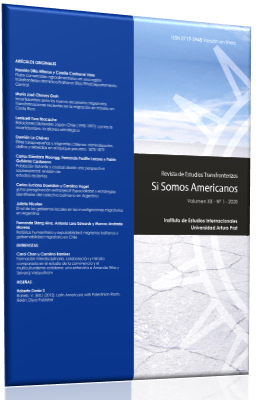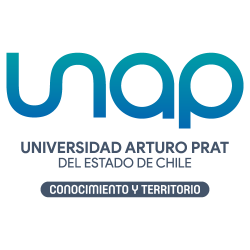A foreign pilgrimage? Spatiality and identity strategies of the Bolivian community in Argentina
DOI:
https://doi.org/10.61303/07190948.v20i1.956Keywords:
pilgrimage, urban space, cultural identityAbstract
The Bolivian community in Argentina celebrates the Virgin of Copacabana by travelling to the city of Luján, the country’s largest center of pilgrimage. During the first weekend of August, the faithful engage in a tradition that dates back over 60 years. The circulation of multiple symbols is linked to identity claims and the reaffirmation of this community, as well as their music and dance. All of these elements reveal a sense of belonging that is expressed through various corporal practices. The combination of these practices distinguishes this celebration from the other practices that have developed in this city over the years. However, the practice of calling it a ‘Bolivian pilgrimage’ implies a representation of identity and religious ritual that does not reflect the ‘hybridity’ of this phenomenon. In fact, the symbols, practices and participants go beyond the characterization of this manifestation as being ‘foreign’. The aim of this article is thus to explore and analyze the transcultural and transmedial identity strategies in the 'mobile setting' of the pilgrimage. The authors consider how such discourses, symbols and practices are expressed and deployed and de-territorialized and re-territorialized in a heterotopic space-movement. The result is an analysis that questions the boundaries between sacred and profane spaces, re-actualizing in the ritual those aspects of historical memory that allow us to re-signify the links between identity and territory.Downloads
Downloads
Published
How to Cite
Issue
Section
License
Copyright (c) 2020 Si Somos Americanos. Revista de Estudios Transfronterizos

This work is licensed under a Creative Commons Attribution 4.0 International License.
Authors who publish in Si Somos Americanos agree to the following terms:
- Authors retain copyright and grant the journal right of first publication with the work simultaneously licensed under a Creative Commons Attribution License 4.0 (CC BY 4.0) that allows others to share the work with an acknowledgement of the work's authorship and initial publication in this journal.
- Authors are able to enter into separate, additional contractual arrangements for the non-exclusive distribution of the journal's published version of the work (e.g., post it to an institutional repository, website or publish it in a book), with an acknowledgement of its initial publication in Si Somos Americanos.
- Authors are permitted and encouraged to post their work online (e.g., in institutional repositories or on their website) after the work has been published in Si Somos Americanos.








